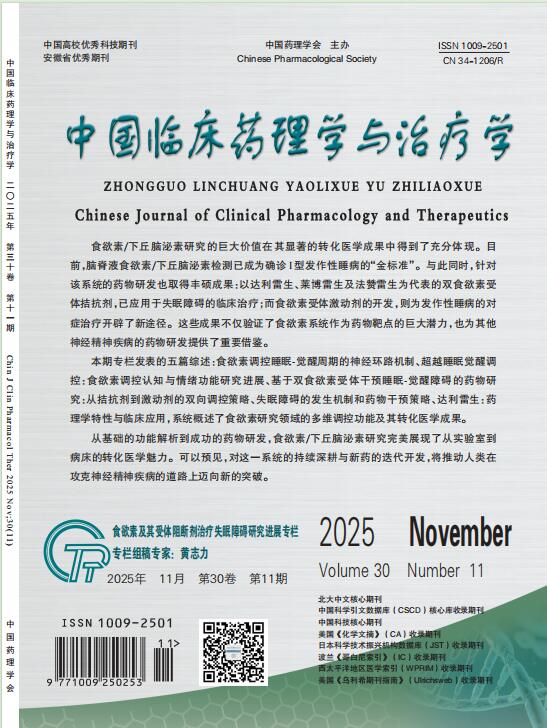AIM: To research the effect of LNG-IUS on adenomyosis with moderate to severe dysmenorrhea patients. METHODS: 160 cases of adenomyosis with moderate to severe dysmenorrhea patients treated in our hospital were selected, they were divided into control group and treatment group randomly, each group had 80 cases.Patients in the control group were treated with Mifepristone Tablets 12.5 mg, once a day, orally for 6 months. Patients in the treatment group were placed LNG-IUS in menstrual 5-7 d, 52 mg containing levonorgestrel, release rate was 20 g/d. Compared with the dysmenorrhea score, PBAC score, the situation of the uterus and hemoglobin, CA125 levels between the two groups.RESULTS:The score of the two groups of patients before treatment of dysmenorrhea was similar (P>0.05), 1 months after the treatment in the test group, after 3 months and 6 months after the dysmenorrhea scores were (1.71±0.46), (1.03±0.27) and (0.68±0.47), control group were respectively (2.06±0.51), (1.43±0.50) and (1.08±0.35), the difference had statistical significance (P<0.05). Two groups of patients before treatment PBAC score were similar (P>0.05).The PBAC score of 1 months,3 months and 6 months after the treatment in the test group were (108.36±23.10), (71.83±19.51) and (42.98±16.19), those of patients in the control group were (131.96±26.43), (95.60±22.56) and (69.76±17.71),respectively.The difference had statistical significance (P<0.05). Two groups of patients before treatment of endometrium, uterine volume and hemoglobin, close to the level of CA125 (P>0.05), after 6 months of treatment, the test group of patients with endometrial and uterine volume, the level of CA125 and hemoglobin levels were (4.72±1.24) mm, (134.53±22.09) cm3, (23.85±11.31) U/mL and (127.04±12.90) g/L, the control group were respectively (6.55±2.95) mm, (158.45±26.96) cm3, (36.35±15.19) U/mL and (108.63±12.01) g/L, the difference had statistical significance (P<0.05). CONCLUSION: LNG-IUS can significantly reduce the pain of adenomyosis with severe dysmenorrhea patients, reduce menstrual flow, control endometrial hyperplasia, reduce the level of CA125, improve the level of hemoglobin, it is worthy of clinical application.


